Structuring A Series: Part I
Structuring a Series: Part I
Structuring a Series: Part I
Last Tuesday, my writing group did a mini-workshop of Dan Wells’s 7 Point Plot Structure, which is awesome and everyone not familiar with it should go check it out (if you don’t have time to watch the whole thing just now, I’ll go over the basics in this post, but I still suggest seeing his presentation for more details). Anyway, Two is trying to plot a trilogy, which got me thinking about how…
View On WordPress
More Posts from Feralpaules and Others
The things I've seen about this whole fucking DOGE thing, from reputable sources, so far have been
there's a very good chance that this will basically be cut off before it even happens because it would require some form of approval from the House and Senate
presidents cannot make departments so it would actually be an office
their plans involve massively cutting down on regulations relating to safety and the environment and potentially getting rid of the FBI??? Inexplicable.
their promise of saving the country $2 trillion is literally impossible, like every single politician and financial advisor agrees that there is absolutely nothing that could be done to save that amount of money and very few expenses that can actually feasibly be cut (and would only save a few billion at most)
Writing from Scratch #3
Flash Fiction: A Simple Plot
The first writing prompts we’re going to tackle will be flash fiction pieces. Flash fiction is a complete story written in under 1,500 words. We’ll be aiming for 250-500 words at first – that is one or two pages double spaced written in Times New Roman 12 pt. font.
The type of flash fiction I’ll encourage you to write will be Eighteen Sentence Stories*, and each of these sentences will have a very specific job.
The first Three sentences will provide the main character, the setting, and the genre (which clues the audience in on what kind of story they are about to read).
The main character should be introduced via an action that reveals their attitude at the start and with one defining job or trait that relates them to the plot. For example, a character may be both a father of three and a pilot. If the problem of the plot will deal with the kidnapping of one of his daughters, then “father” or “father of three” will be the defining job; if the problem of the plot will deal with the starship he’s piloting falling under attack, then “pilot” will be the defining job.
The setting should be introduced via a grounding sensory detail. The lingering scent of cookies left to burn when the parents received the ransom note. Or the pressure of being pinned back into the pilot’s seat under g forces.
The genre should be introduced via something specific and unique to the story. A ransom note is not specific or unique; a ransom note scrawled on the back of a picture that went missing off the fridge the week before is. A space ship is not specific or unique; a living space ship with a giant brain in its core that the pilot must psychically link to via the tentacles that suction onto his temples is.
Read More on WordPress
Note to self
Stop thinking: “I’m not talented enough to execute this concept.” Start thinking: “I’m going to be a stronger artist when I’ve finished this piece.”
Writing from Scratch #6
The Character Plot
The problem of a Character plot involves a character’s worldview – their beliefs, values, desires, and fears. Many but not all stories include a Character plot, often called a character arc, in which a character’s worldview shifts. A Character plot is entirely concerned with the internal state of the character in question and as such is rarely seen on its own. When it is on its own, as it is in “Miss Brill” by Katherine Mansfield, you can end up with an extraordinary story.
Because a Character plot is entirely internal, the try-fail cycles don’t work out exactly the same as they do when dealing with an external/physical problem and solution; they are also up for interpretation by the reader when done subtly and beautifully as in “Miss Brill.” Character plot try-fails are often not even done intentionally as typically the character does not realize a change in the worldview needs to occur. So, read “Miss Brill” (it’s short, less than 2,000 words) and try for yourself to determine the problem – it’s not stated directly – and identify the try-fails. After, you can read over my interpretation, please let me know in the comments how our thoughts compare!
Read More on WordPress
Writing from Scratch #2
What is a Plot?
Different people mean different things when they use the word “plot,” and they are all correct, if not as descriptive as they could be.
Some people mean a story structure, like the 3-Act Structure; some people mean a plot archetype, like an underdog sports plot or a heist plot; some people mean the negative to positive or positive to negative trajectory of the main character, like Rags to Riches; and some people mean “to plot” as in “to outline.”
Throughout Writing from Scratch, when I say “plot,” I’ll be referring to the definition I’ve already hinted at: a plot is a problem and its solution. Plots of this nature can be very long if the solution takes a while for the character to arrive at or very short if the solution is solved without much trouble. In a story with multiple plots of this type, the plot that has its problem first introduced and last solved is what I will call the Long Plot.
Plot-Problems
There are four umbrella types that plots of this kind fall under – all based on the type of problem the plot has. And these are called the MICE* plot-problems.
Milieu
Inquiry
Character
Event
Over the next few posts, I will be diving into each in turn.
Read More on WordPress
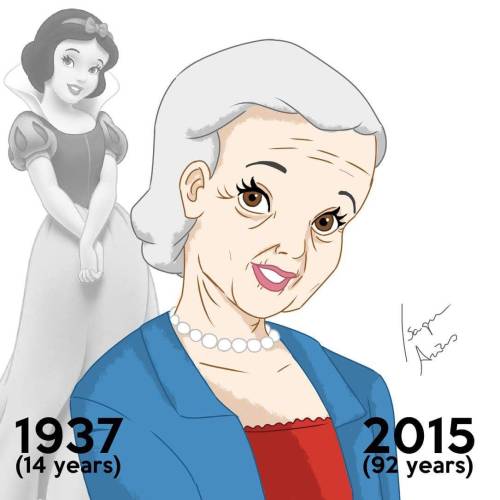
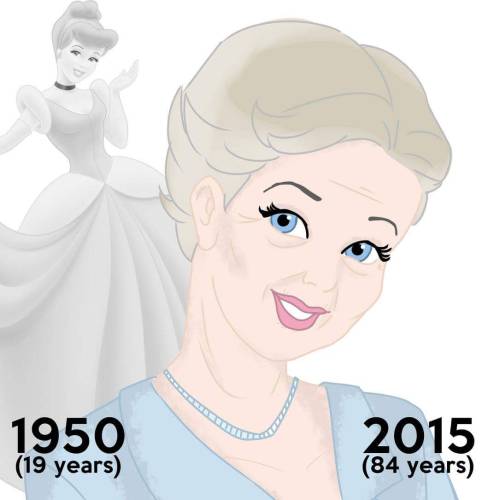
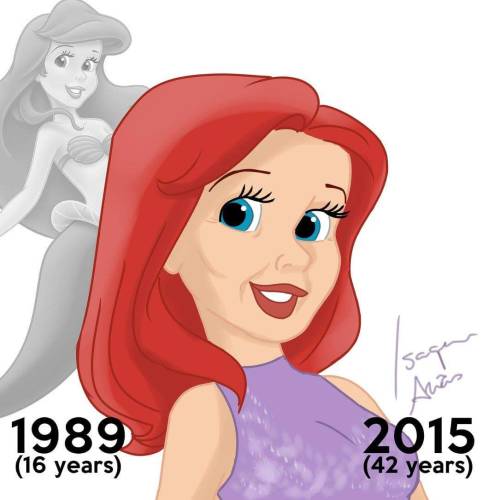
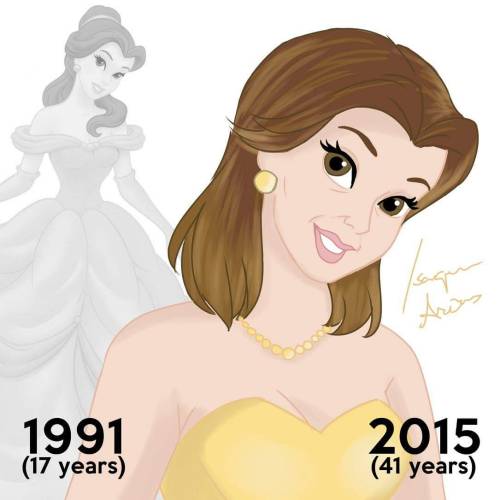
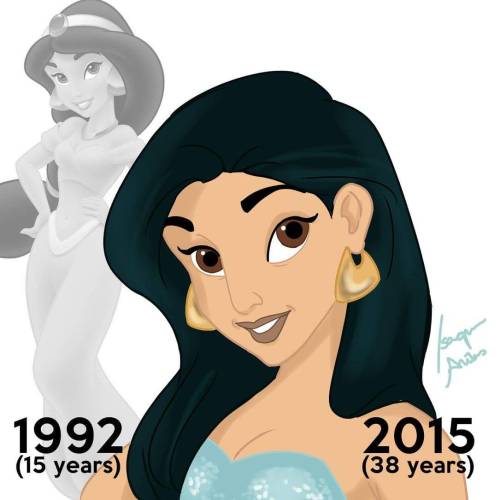


Disney Princesses at their Current Ages
Writing from Scratch #7: The Event Plot
The Event Plot
The problem of an Event plot is a disruption to the status quo. The solution comes either from setting everything right again or adapting to the change. The Event plot is probably what most people think of when they think “what is a plot?” Any story that deals with a life-changing or world-changing event is an Event.
The first plot I analyzed, from The Expanse television series, is an Event plot. Let’s look at another: The Princess Diaries. As we did with Lord of the Rings, we’ll look at the movie rather than books because more people will be familiar with the movie (which is a damn shame).
The Event: Mia Thermopolis’s grandmother tells Mia that she is the princess of small European kingdom Genovia, and she must take the throne.
First try: Mia tries to reestablish the old status quo of being a nobody by running away from her grandmother to her mother’s house. Fail: No, she is not allowed to ignore that she is a princess, and she must undergo “princess lessons.”
Second try: Mia tries to adapt to the new status quo of being a secret princess by taking princess lessons and letting her best friend in on the secret. Fail: Yes, Mia gets a makeover and goes to a state dinner, but she is kind of a mess emotionally and embarrasses herself.
Third try: Mia tries to ignore everything that is happening to her status quo. Fail: No, everyone knows she’s a princess now, and because horrible school bullies school-bully she is a laughing stock.
Fourth try: Mia tries to run away from the city to avoid reestablishing the old status quo by renouncing the crown or adapting to the new status quo by accepting the crown. Fail: No, she doesn’t successfully run away, and she arrives at the ball looking like a drowned cat.
Final try: Mia tries adapting to the new status quo by accepting the crown. Solution: Yes, Mia adapts to being a princess, and she impresses everyone with her speech.
Prompt: write a flash fiction with an Event in which the plot-problem that disrupts the status quo is a marriage proposal. How a marriage proposal would disrupt the status quo is up to you. You’ll also choose the character, setting, genre, and stakes, as well as what is preventing this status quo from being reestablished or adapted to immediately. This simple plot can create a story from a rom-com to a fantastical action-adventure.
If you like this and want more, check out my website theferalcollection.com
Review of The Dresden Files: Peace Talks (spoilers ahead)
This review is gonna be slightly different than my normal reviews as I am the only Paules Sibling of Awesome who reads The Dresden Files, so I have not talked through my thoughts with B beforehand. I also don't see the necessity of providing a rating for a book that is the sixteenth in a series (not counting the short story collections) - clearly I enjoy the books. Spoilers ahead!
So, the peace talks in question went about as disastrously as expected knowing Harry Dresden was involved, but obviously I didn't expect that. Years ago, Jim Butcher promised us an apocalyptic trilogy to end the series (titled Stars and Stones, Hell's Bells, and Empty Night, in case you missed it), but I never figured we'd actually get to a point where that ending seems in sight.
My big fear going into this was that Karrin Murphy would not survive. I was pleased to see that a) she did and b) she was as badass as ever, despite her injuries from Skin Game. Of course, who knows what will happen in Battle Ground, but really my only hope is that Murphy makes it to the end of the series. Just Murphy and Harry at the end of things, just as they were at the beginning.
Continue Reading on WordPress

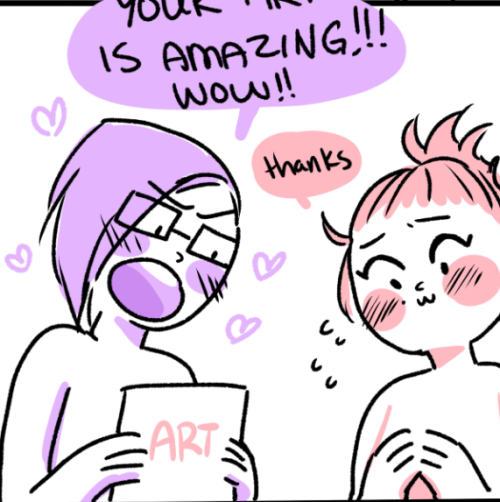





Quick Plotting Tip: Write Your Story Backwards
If you have a difficult time plotting, try writing or outlining your story backwards—from the end to the beginning. Writers who have a difficult time outlining, plotting, and planning their stories often benefit from this technique. You’ll need a general idea of what your story is about for this to work, and of course you need to know the ending, but you might be amazed how helpful this trick can be.
Why is writing backwards easier? Basically, instead of answering the question “this happened… now what comes next?,” you’ll be answering the question “this happened… so what would come right before that?” which narrows the possibilities for your next move and can help keep your story on track. (Incidentally, it’s also the way Joseph Gordan-Levitt’s character comes out on top in the film The Lookout.)
Writing backwards can also help you more tightly weave together your subplots, themes, and character relationships, and keep you from going too far down any irrelevant rabbit holes.
If you don’t want to write or outline completely backwards, remember that you’re free to jump around! If you’re feeling stuck in your story or novel, jump to the middle or end and write a few scenes. Many writers get stuck because they feel they have to write their story linearly from beginning to end, which results in an overdeveloped (and often irrelevant) beginning and an underdeveloped ending.
So go work on that ending! It’s much more likely that you will need to change your beginning to fit your ending than the other way around, so spend time on your ending sooner rather than later!
-
 theferalcollection reblogged this · 9 years ago
theferalcollection reblogged this · 9 years ago -
 feralpaules reblogged this · 9 years ago
feralpaules reblogged this · 9 years ago
check out my main blog www.theferalcollection.wordpress.com and find fandoms and funstuff on www.theferalcollection.tumblr.com
103 posts